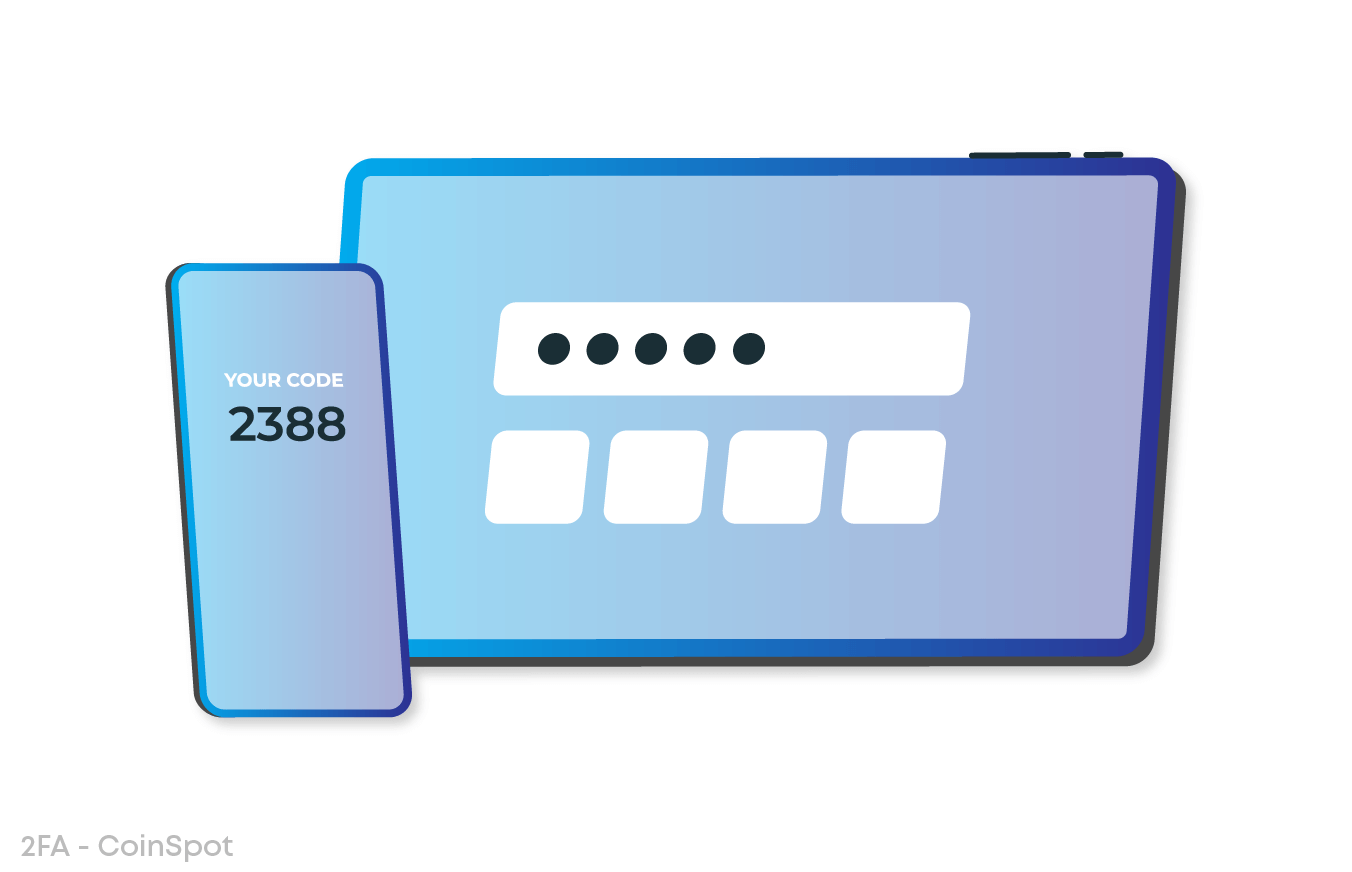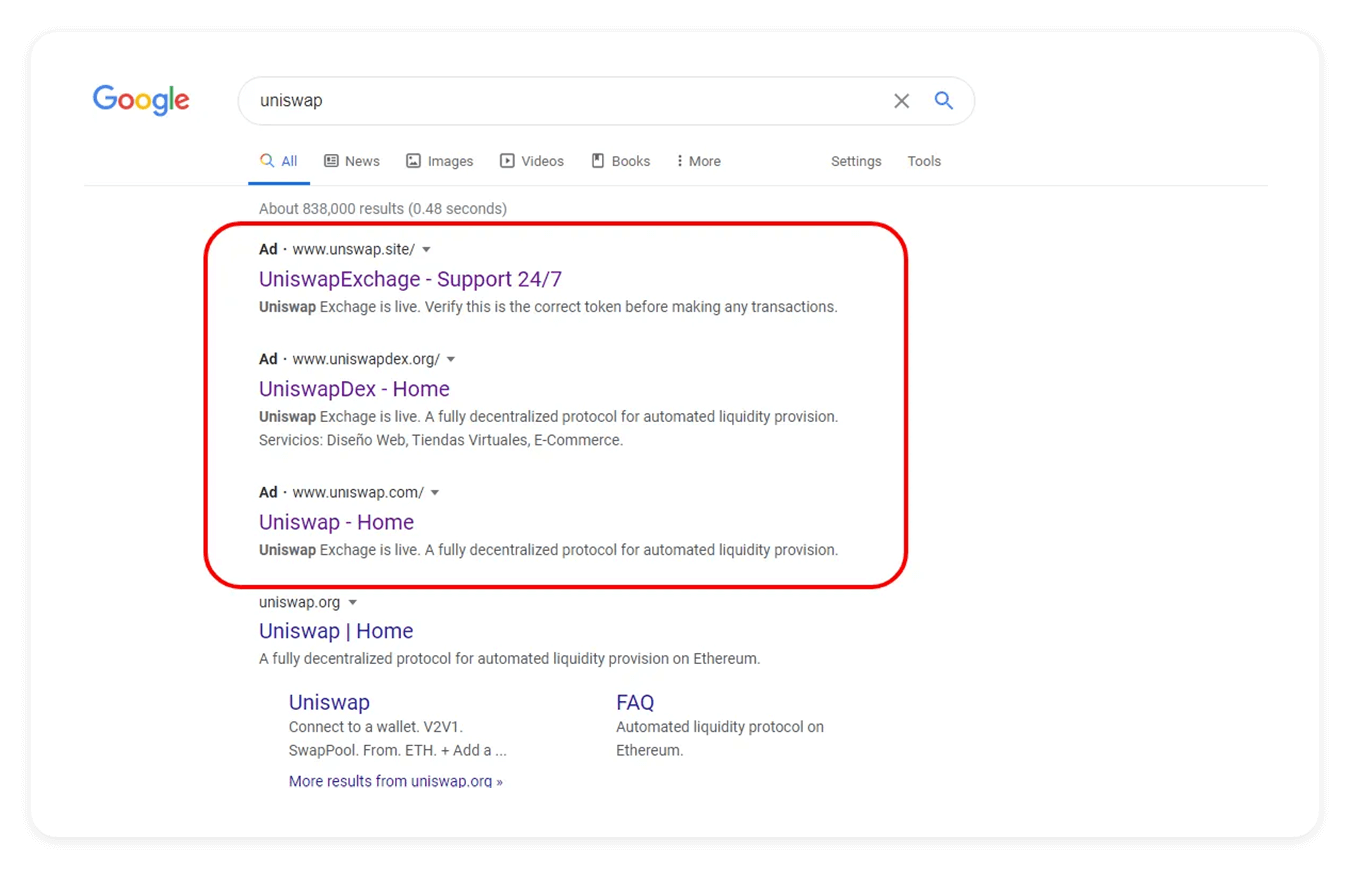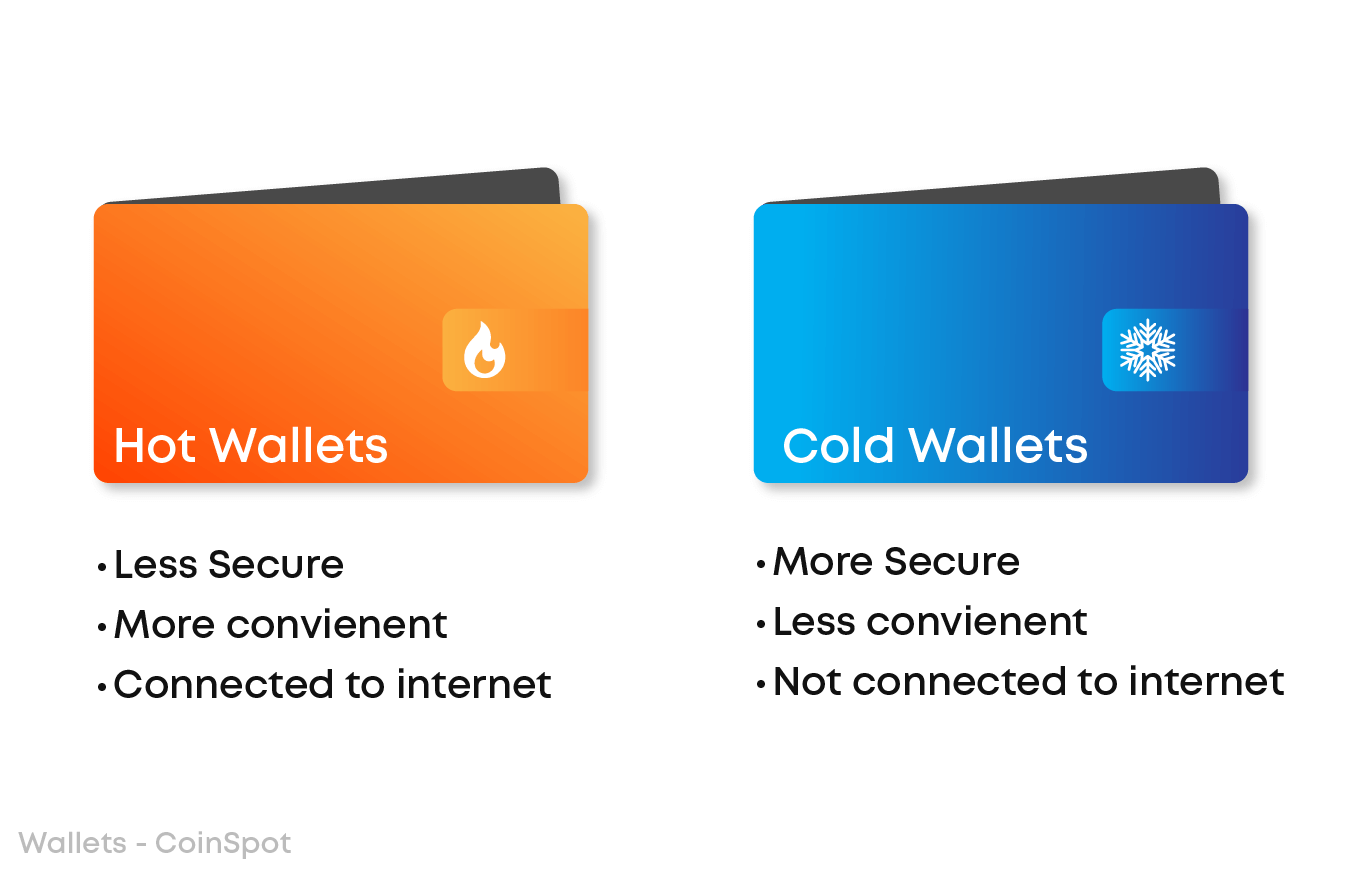Practical Guide To Crypto Security
 5 minutes
5 minutes

 5 minutes
5 minutes

Security is the most important aspect to manage in the crypto space. It’s crucial to follow best practices for online safety and cryptocurrency storage. This resource covers some of the best practices for staying safe in crypto.
Key Takeaways
There are a few fundamental steps to start with that aren’t just related to cryptocurrency but are great for overall online security:

When setting up a Cold Storage wallet you will get a recovery phrase (or seed phrase). This is a backup in the event an account or device is lost. Usually, this phrase consists of 12 or 24 words.
Recovery phrases should never be shared with anyone. Unfortunately, many scams are possible because users are tricked into sharing their recovery phrases (e.g. a scammer impersonating a customer service representative).
It is vital anyone online is constantly vigilant. Here are two main types of scams to watch out for:

A hardware wallet requires manually plugging in and typing on a device to move cryptocurrency. At the very least, a cold wallet—a fresh wallet not connected to the internet—will ensure crypto can’t be accessed if the computer is compromised. This extends to not storing important recovery phases in cloud-based storage (e.g. iCloud, Google Cloud).

A common security practice is to keep long-term cryptocurrency and NFT holdings in one wallet while keeping all other cryptocurrencies in another wallet. This can significantly reduce damage in the unfortunate event of a phishing attack.
Transferring cryptocurrencies into personal custody is important, but there is no undo button once a transaction has been completed.
Once the correct address is understood, it’s best to send a small transaction when using a new wallet or sending a significant amount. Following these guidelines can bolster security and increase confidence when using crypto apps.
Security is constantly changing, with new threats and best practices always emerging. This is as true in the crypto space as it is anywhere else. We hope these practical security measures help you stay safe and secure online.
